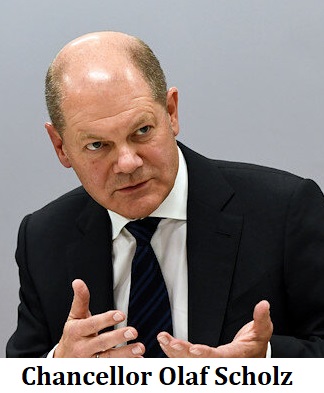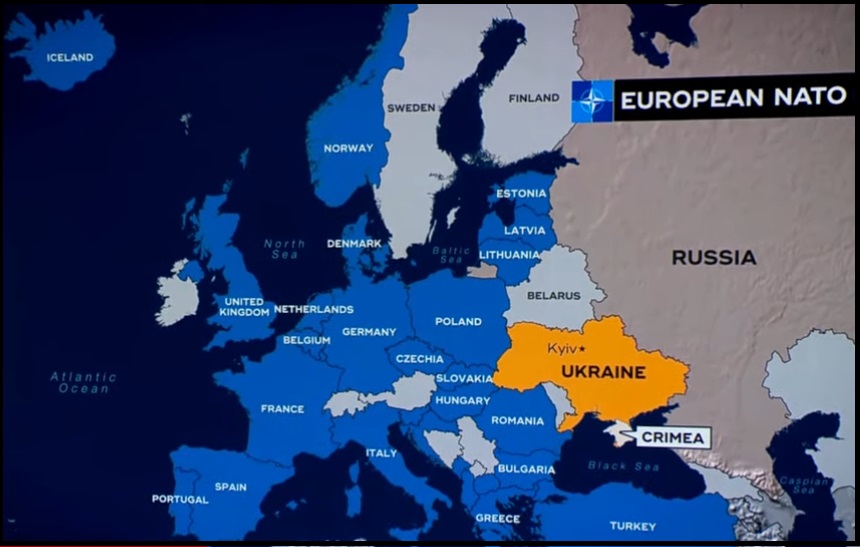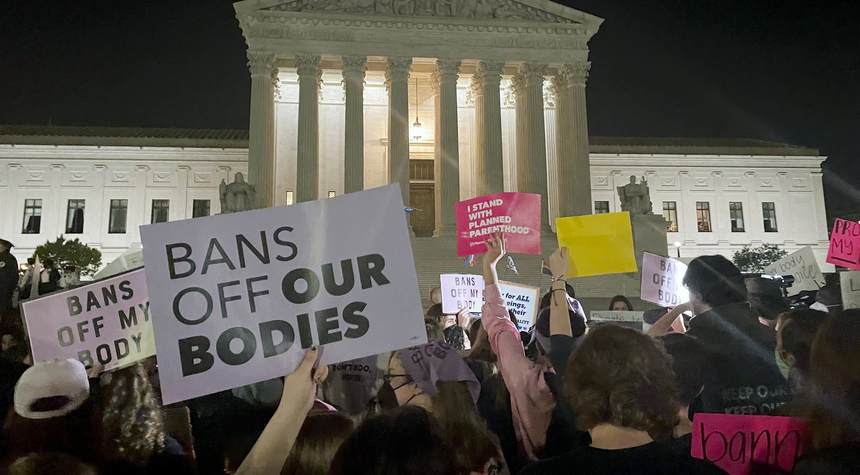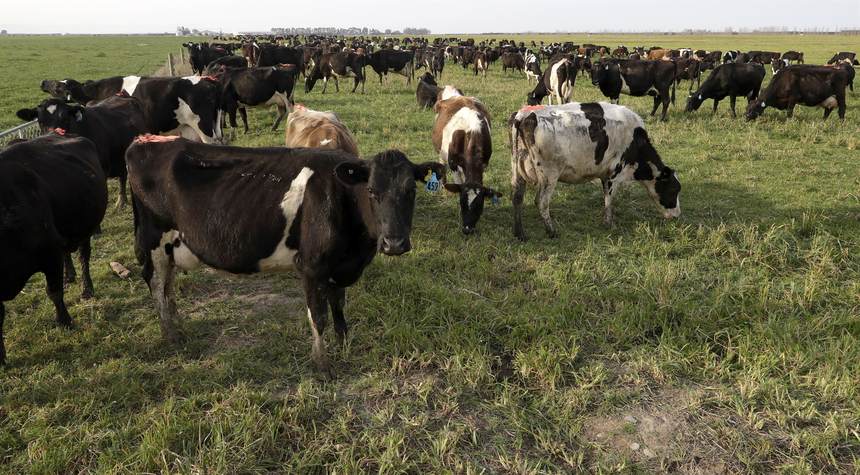ZeroHedge - On a long enough timeline, the survival rate for everyone drops to zero

www.zerohedge.com
Everybody's Guilty: To The Police State, We're All Criminals Until We Prove Otherwise
BY TYLER DURDEN
FRIDAY, JUN 24, 2022 - 08:00 PM
Authored by John W. Whitehead & Nisha Whitehead via The Rutherford Institute,
“In a closed society where everybody's guilty, the only crime is getting caught.”
- Hunter S. Thompson
The burden of proof has been reversed.
No longer are we presumed innocent. Now we’re presumed guilty unless we can prove our innocence beyond a reasonable doubt in a court of law. Rarely, are we even given the opportunity to do so.
Although the Constitution requires the government to provide solid proof of criminal activity before it can deprive a citizen of life or liberty, the government has turned that fundamental assurance of due process on its head.
Each and every one of us is now seen as a potential suspect, terrorist and lawbreaker in the eyes of the government.

Consider all the ways in which “we the people” are now treated as criminals, found guilty of violating the police state’s abundance of laws, and preemptively stripped of basic due process rights.
Red flag gun confiscation laws: Gun control legislation, especially in the form of red flag gun laws, allow the police to remove guns from people “suspected” of being threats. These laws, growing in popularity as a legislative means by which to seize guns from individuals viewed as a danger to themselves or others, will put a target on the back of every American whether or not they own a weapon.
Disinformation eradication campaigns. In recent years, the government has used the phrase “domestic terrorist” interchangeably with “anti-government,” “extremist” and “terrorist” to describe anyone who might fall somewhere on a very broad spectrum of viewpoints that could be considered “dangerous.” The ramifications are so far-reaching as to render almost every American an extremist in word, deed, thought or by association. In the government’s latest assault on those who criticize the government—whether that criticism manifests itself in word, deed or thought—the Biden Administration has likened those who share “false or misleading narratives and conspiracy theories, and other forms of mis- dis- and mal-information” to terrorists. This latest government salvo against consumers and spreaders of “mis- dis- and mal-information” widens the net to potentially include anyone who is exposed to ideas that run counter to the official government narrative. In other words, if you dare to subscribe to any views that are contrary to the government’s, you may well be suspected of being a domestic terrorist and treated accordingly. In this way, government and corporate censors claiming to protect us from dangerous, disinformation campaigns are, in fact, laying the groundwork now to preempt any “dangerous” ideas that might challenge the power elite’s stranglehold over our lives.
Government watch lists. The FBI, CIA, NSA and other government agencies have increasingly invested in corporate surveillance technologies that can mine constitutionally protected speech on social media platforms such as Facebook, Twitter and Instagram in order to identify potential extremists and predict who might engage in future acts of anti-government behavior. Where many Americans go wrong is in naively assuming that you have to be doing something illegal or harmful in order to be flagged and targeted for some form of intervention or detention. In fact, all you need to do these days to end up on a government watch list or be subjected to heightened scrutiny is use certain trigger words (like cloud, pork and pirates), surf the internet, communicate using a cell phone, limp or stutter, drive a car, stay at a hotel, attend a political rally, express yourself on social media, appear mentally ill, serve in the military, disagree with a law enforcement official, call in sick to work, purchase materials at a hardware store, take flying or boating lessons, appear suspicious, appear confused or nervous, fidget or whistle or smell bad, be seen in public waving a toy gun or anything remotely resembling a gun (such as a water nozzle or a remote control or a walking cane), stare at a police officer, question government authority, or appear to be pro-gun or pro-freedom.
Thought crimes. For years now, the government has used all of the weapons in its vast arsenal—surveillance, threat assessments, fusion centers, pre-crime programs, hate crime laws, militarized police, lockdowns, martial law, etc.—to target potential enemies of the state based on their ideologies, behaviors, affiliations and other characteristics that might be deemed suspicious or dangerous. It’s not just what you say or do that is being monitored, but how you
think that is being tracked and targeted. There’s a whole spectrum of behaviors ranging from thought crimes and hate speech to whistleblowing that qualifies for persecution (and prosecution) by the Deep State. It’s a slippery slope from censoring so-called illegitimate ideas to silencing truth.
Security checkpoints and fusion centers. By treating an entire populace as suspect, the government has justified wide-ranging security checkpoints that subject travelers to scans, searches, pat downs and other indignities by the TSA and VIPR raids on so-called “soft” targets like shopping malls and bus depots by black-clad, Darth Vader look-alikes. Fusion centers, which represent the combined surveillance efforts of federal, state and local law enforcement, track the citizenry’s movements, record their conversations, and catalogue their transactions.
Surveillance, precrime programs. Facial recognition software aims to create a society in which every individual who steps out into public is tracked and recorded as they go about their daily business. Coupled with surveillance cameras that blanket the country, facial recognition technology allows the government and its corporate partners to warrantlessly identify and track someone’s movements in real-time, whether or not they have committed a crime. Rapid advances in behavioral surveillance are not only making it possible for individuals to be monitored and tracked based on their patterns of movement or behavior, including gait recognition (the way one walks), but have given rise to whole industries that revolve around predicting one’s behavior based on data and surveillance patterns and are also shaping the behaviors of whole populations. With the increase in precrime programs, threat assessments, AI algorithms and surveillance programs such as SpotShotter, which attempt to calculate where illegal activity might occur by triangulating sounds and images, the burden of proof has been turned on its head by a surveillance state that renders us all suspects and overcriminalization which renders us all lawbreakers.
Mail surveillance. Just about every branch of the government—from the Postal Service to the Treasury Department and every agency in between—now has its own surveillance sector, authorized to spy on the American people. For instance, the U.S. Postal Service, which has been photographing the exterior of every piece of paper mail for the past 20 years, is also spying on Americans’ texts, emails and social media posts. Headed up by the Postal Service’s law enforcement division, the Internet Covert Operations Program (iCOP) is reportedly using facial recognition technology, combined with fake online identities, to ferret out potential troublemakers with “inflammatory” posts. The agency claims the online surveillance, which falls outside its conventional job scope of processing and delivering paper mail, is necessary to help postal workers avoid “potentially volatile situations.”
Threat assessments and AI algorithms. The government has a growing list—shared with fusion centers and law enforcement agencies—of ideologies, behaviors, affiliations and other characteristics that could flag someone as suspicious and result in their being labeled
potential enemies of the state. Before long, every household in America will be flagged as a threat and assigned a threat score. It’s just a matter of time before you find yourself wrongly accused, investigated and confronted by police based on a data-driven algorithm or risk assessment culled together by a computer program run by artificial intelligence.
No-knock raids. No-knock, no-announce SWAT team raids are what passes for court-sanctioned policing in America today, and it could happen to any one of us. Nationwide, SWAT teams routinely invade homes, break down doors, kill family pets (they always shoot the dogs first), damage furnishings, terrorize families, and wound or kill those unlucky enough to be present during a raid. No longer reserved exclusively for deadly situations, SWAT teams are now increasingly being deployed for relatively routine police matters such as serving a search warrant, with some SWAT teams being sent out as much as five times a day. Police carry out tens of thousands of no-knock raids every year nationwide.
Militarized police. America is overrun with militarized cops—vigilantes with a badge—who have almost absolute discretion to decide who is a threat, what constitutes resistance, and how harshly they can deal with the citizens they were appointed to “serve and protect.” It doesn’t matter where you live—big city or small town—it’s the same scenario being played out over and over again in which government agents, trained to act as judge, jury and executioner in their interactions with the public, ride roughshod over the rights of the citizenry. This is how we have gone from a nation of laws—where the least among us had just as much right to be treated with dignity and respect as the next person (in principle, at least)—to a nation of law enforcers (revenue collectors with weapons) who treat “we the people” like suspects and criminals.
Constitution-free zones. Merely living within 100 miles inland of the border around the United States is now enough to make you a suspect, paving the way for Border Patrol agents to search people’s homes, intimately probe their bodies, and rifle through their belongings, all without a warrant. Nearly 66% of Americans (2/3 of the U.S. population, 197.4 million people) now live within that 100-mile-deep, Constitution-free zone.
Asset forfeiture schemes. Americans no longer have a right to private property. If government agents can invade your home, break down your doors, kill your dog, damage your furnishings and terrorize your family, your property is no longer private and secure—it belongs to the government. Hard-working Americans are having their bank accounts, homes, cars electronics and cash seized by police under the assumption that they have been associated with some criminal scheme. As libertarian Harry Browne observed, “Asset forfeiture is a mockery of the Bill of Rights. There is no presumption of innocence, no need to prove you guilty (or even charge you with a crime), no right to a jury trial, no right to confront your accuser, no right to a court-appointed attorney (even if the government has just stolen all your money), and no right to compensation for the property that's been taken.”
Vehicle kill switches. Sold to the public as a safety measure aimed at keeping drunk drivers off the roads, “vehicle kill switches” could quickly become a convenient tool in the hands of government agents to put the government in the driver’s seat while rendering null and void the Constitution’s requirements of privacy and its prohibitions against unreasonable searches and seizures. As such, it presumes every driver potentially guilty of breaking some law that would require the government to intervene and take over operation of the vehicle or shut it off altogether. The message: we cannot be trusted to obey the law or navigate the world on our end.
Bodily integrity. The government’s presumptions about our so-called guilt or innocence have extended down to our very cellular level. The debate over bodily integrity covers broad territory, ranging from forced vaccinations, forced cavity searches, forced colonoscopies, forced blood draws and forced breath-alcohol tests to forced DNA extractions, forced eye scans, and forced inclusion in biometric databases: these are just a few ways in which Americans continue to be reminded that we have no real privacy, no real presumption of innocence, and no real control over what happens to our bodies during an encounter with government officials. The groundwork being laid with these mandates is a prologue to what will become the police state’s conquest of a new, relatively uncharted, frontier: inner space, specifically, the inner workings (genetic, biological, biometric, mental, emotional) of the human race. “Guilt by association” has taken on new connotations in the technological age. Yet the debate over genetic privacy—and when one’s DNA becomes a public commodity outside the protection of the Fourth Amendment’s prohibition on warrantless searches and seizures—is really only beginning. Get ready, folks, because the government has embarked on a diabolical campaign to create a nation of suspects predicated on a massive national DNA database.
Limitations on our right to move about freely. We think we have the freedom to go where we want and move about freely, but at every turn, we’re hemmed in by laws, fines and penalties that regulate and restrict our autonomy, and surveillance cameras that monitor our movements.
For instance, license plate readers are mass surveillance tools that can photograph over 1,800 license tag numbers per minute, take a picture of every passing license tag number and store the tag number and the date, time, and location of the picture in a searchable database, then share the data with law enforcement, fusion centers and private companies to track the movements of persons in their cars. With tens of thousands of these license plate readers now in operation throughout the country, police can track vehicles and run the plates through law enforcement databases for abducted children, stolen cars, missing people and wanted fugitives.
Of course, the technology is not infallible: there have been numerous incidents in which police have mistakenly relied on license plate data to capture suspects only to end up detaining innocent people at gunpoint.
The war on cash and the introduction of digital currency. Digital currency provides the government and its corporate partners with a mode of commerce that can easily be monitored, tracked, tabulated, mined for data, hacked, hijacked and confiscated when convenient. This push for a digital currency dovetails with the government’s war on cash, which it has been subtly waging for some time now. In recent years, just the mere possession of significant amounts of cash could implicate you in suspicious activity and label you a criminal. The rationale (by police) is that cash is the currency for illegal transactions given that it’s harder to track, can be used to pay illegal immigrants, and denies the government its share of the “take,” so doing away with paper money will help law enforcement fight crime and help the government realize more revenue. A cashless society—easily monitored, controlled, manipulated, weaponized and locked down—plays right into the hands of the government (and its corporate partners).
The Security-Industrial Complex. Every crisis—manufactured or otherwise—since the nation’s early beginnings has become a make-work opportunity for the government to expand its reach and its power at taxpayer expense while limiting our freedoms at every turn. What this has amounted to is a war on the American people, fought on American soil, funded with taxpayer dollars, and waged with a single-minded determination to use national crises, manufactured or otherwise, in order to transform the American homeland into a battlefield. As a result, the American people have been treated like enemy combatants, to be spied on, tracked, scanned, frisked, searched, subjected to all manner of intrusions, intimidated, invaded, raided, manhandled, censored, silenced, shot at, locked up, denied due process, and killed.
These programs push us that much closer towards a suspect society where everyone is potentially guilty of some crime or another and must be preemptively rendered harmless.
The ramifications of empowering the government to sidestep fundamental due process safeguards are so chilling and so far-reaching as to put a target on the back of anyone who happens to be in the same place where a crime takes place.
The groundwork has been laid for a new kind of government where it won’t matter if you’re innocent or guilty, whether you’re a threat to the nation, or even if you’re a citizen. What will matter is what the government—or whoever happens to be calling the shots at the time—thinks. And if the powers-that-be think you’re a threat to the nation and should be locked up, then you’ll be locked up with no access to the protections our Constitution provides.
In effect, you will disappear.
As I make clear in my book
Battlefield America: The War on the American People and in its fictional counterpart
The Erik Blair Diaries,
our freedoms are already being made to disappear.

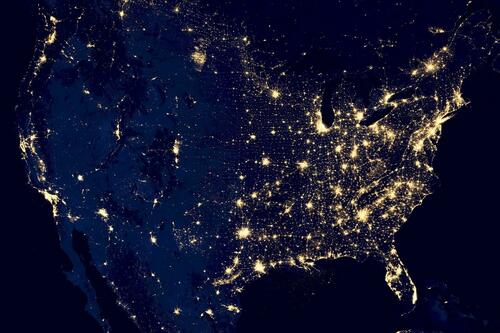
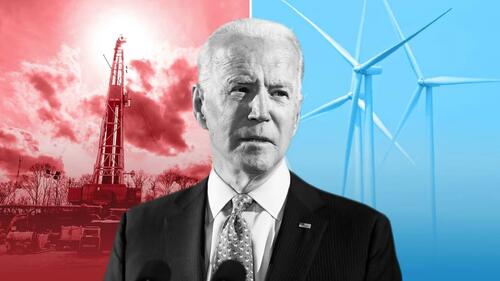


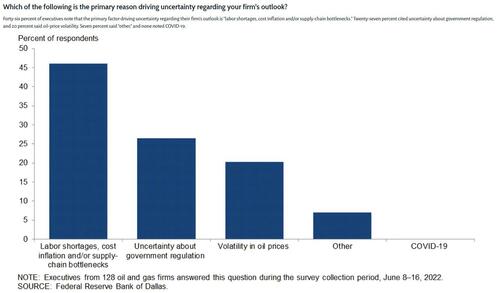
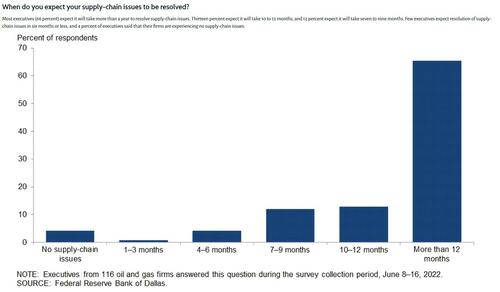

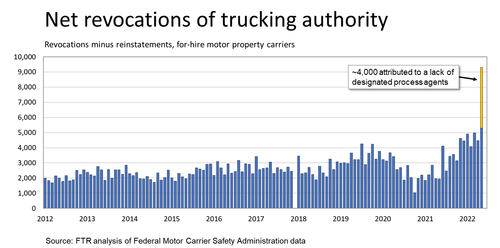 The Federal Motor Carrier Safety Administration reported in May that a record number of trucking companies saw their authorities revoked. This data lags by several months
The Federal Motor Carrier Safety Administration reported in May that a record number of trucking companies saw their authorities revoked. This data lags by several months The rate to move a dry van on the spot market climbed through 2021.
The rate to move a dry van on the spot market climbed through 2021. 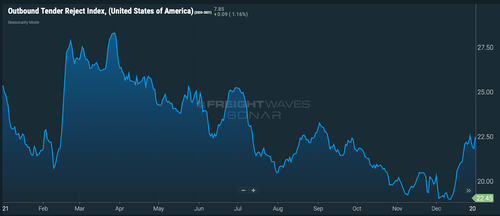 Trucking companies rejected unusually high amounts of freight in 2021.
Trucking companies rejected unusually high amounts of freight in 2021. 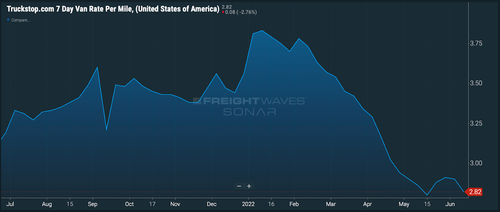 Dry van spot rates have crumbled from record highs in 2021 and early 2022.
Dry van spot rates have crumbled from record highs in 2021 and early 2022.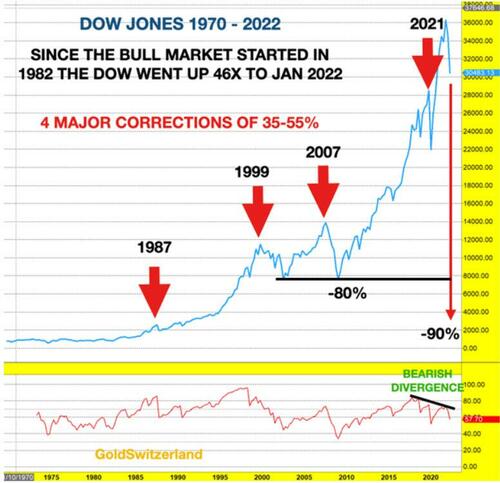


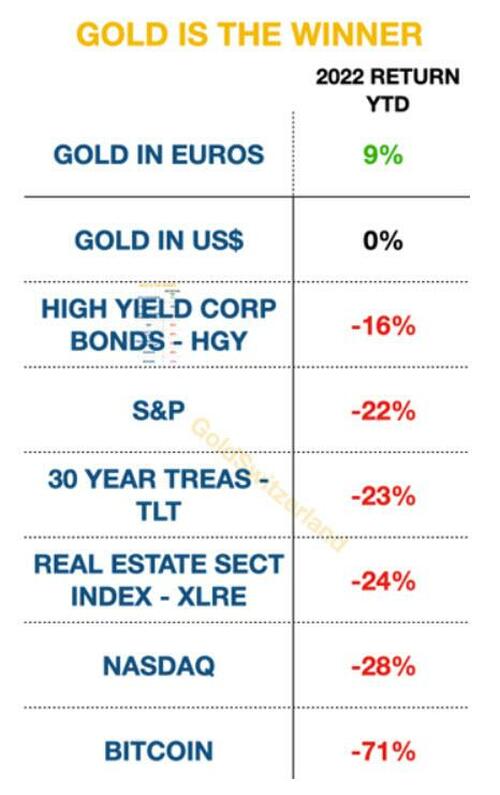


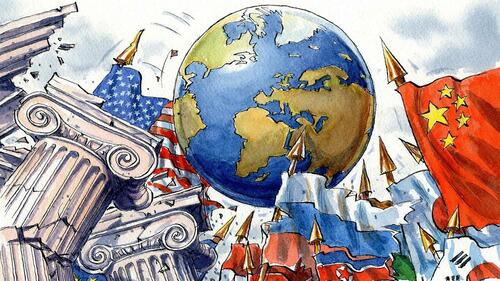
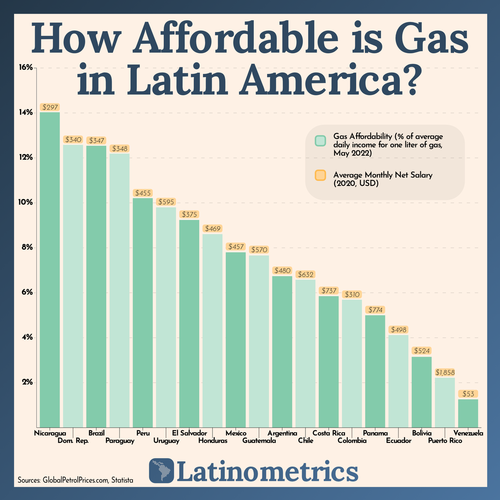
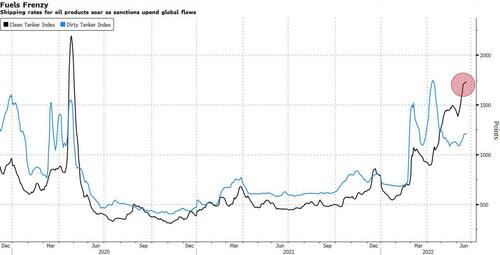
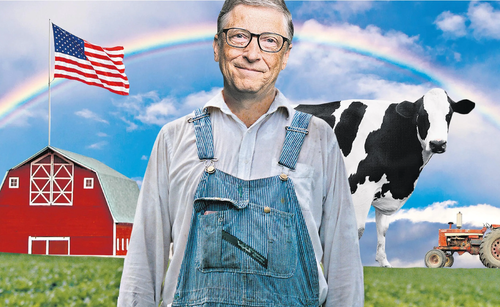
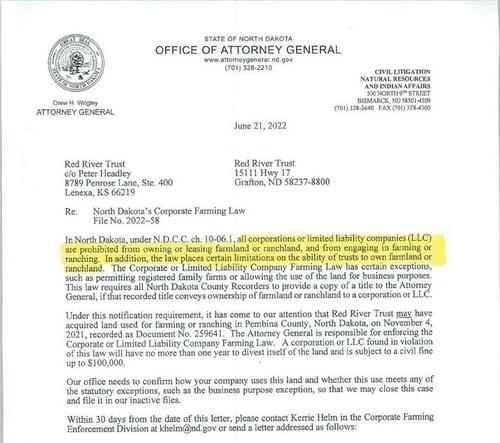


www.zerohedge.com



 droughtmonitor.unl.edu
droughtmonitor.unl.edu go.usa.gov/3eZ73
go.usa.gov/3eZ73 www.cpc.ncep.noaa.gov
www.cpc.ncep.noaa.gov

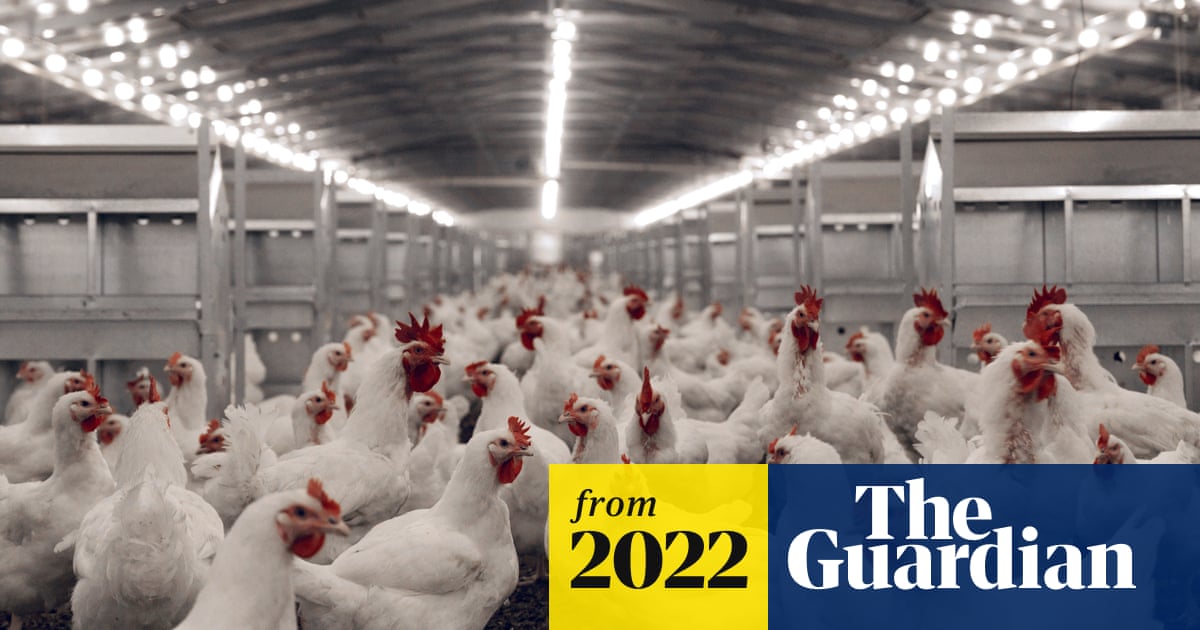
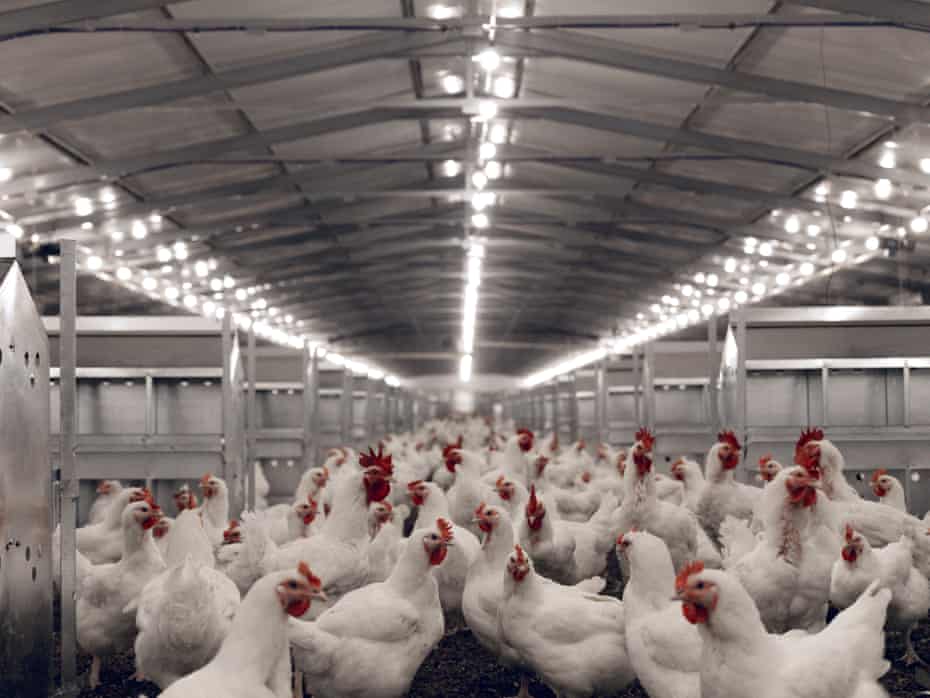



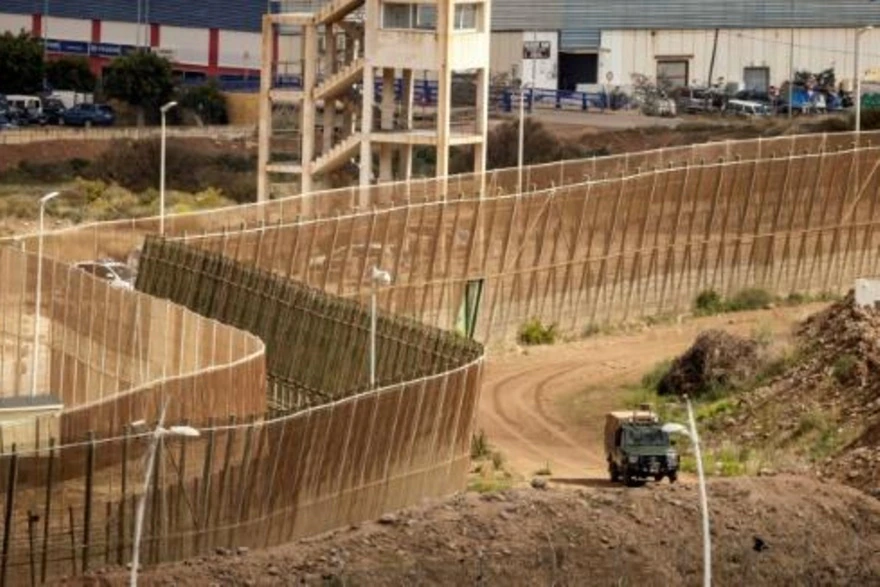
www.zerohedge.com


 thebluestateconservative.com
thebluestateconservative.com




 issuesinsights.com
issuesinsights.com

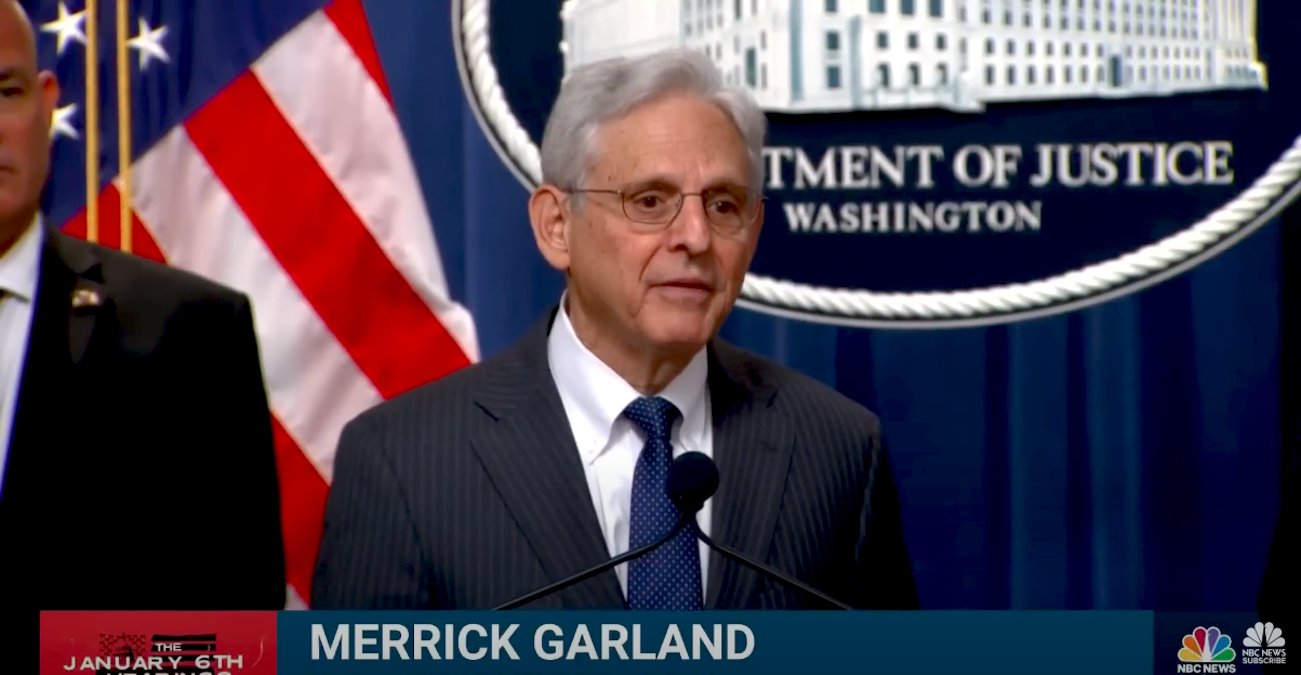
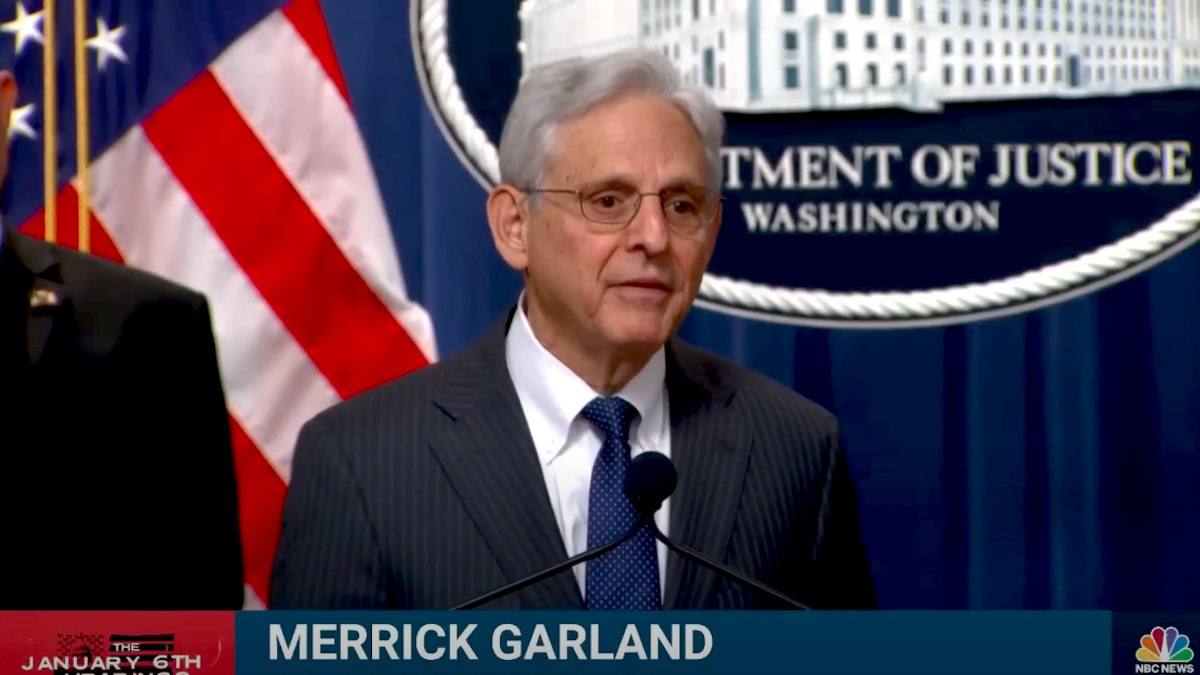




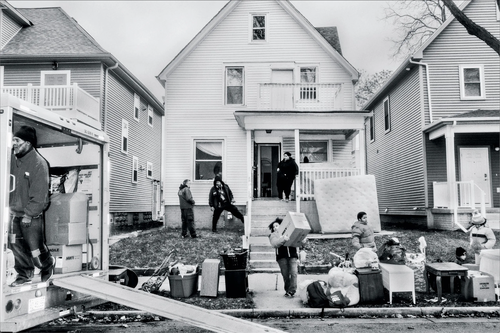
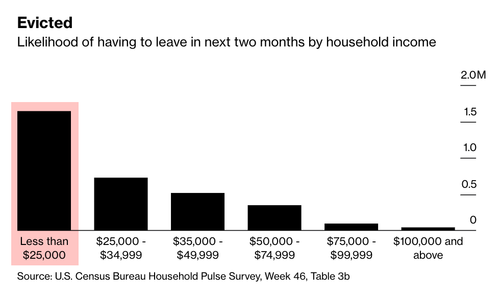
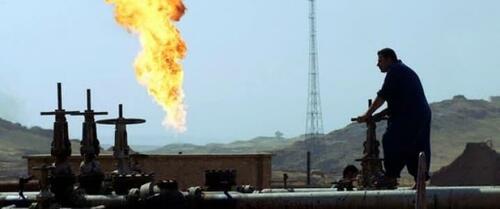
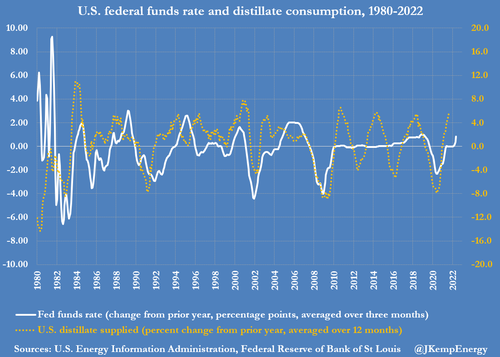

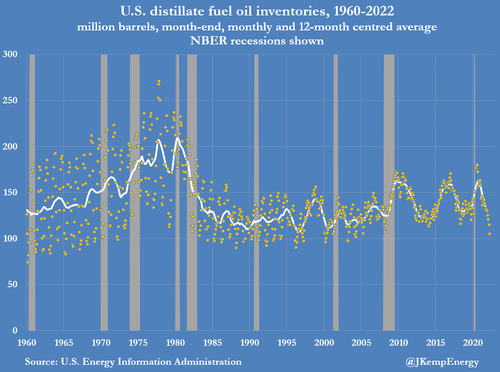
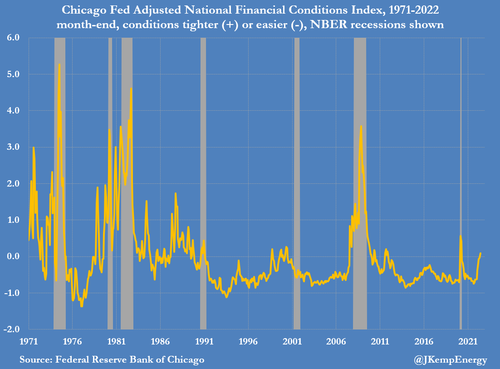
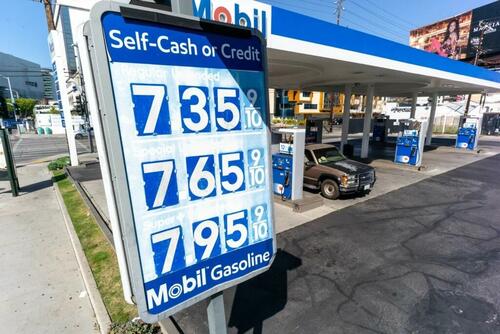
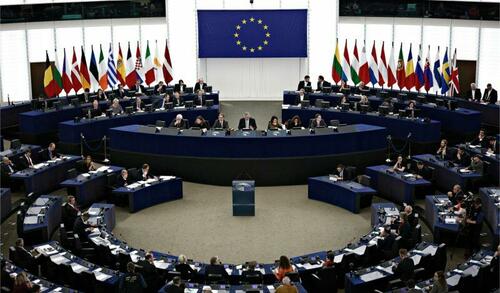


 endtimeheadlines.org
endtimeheadlines.org



